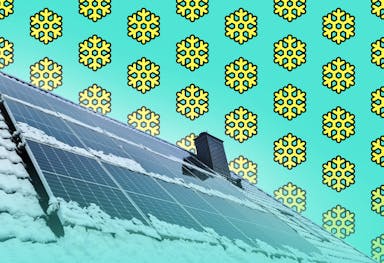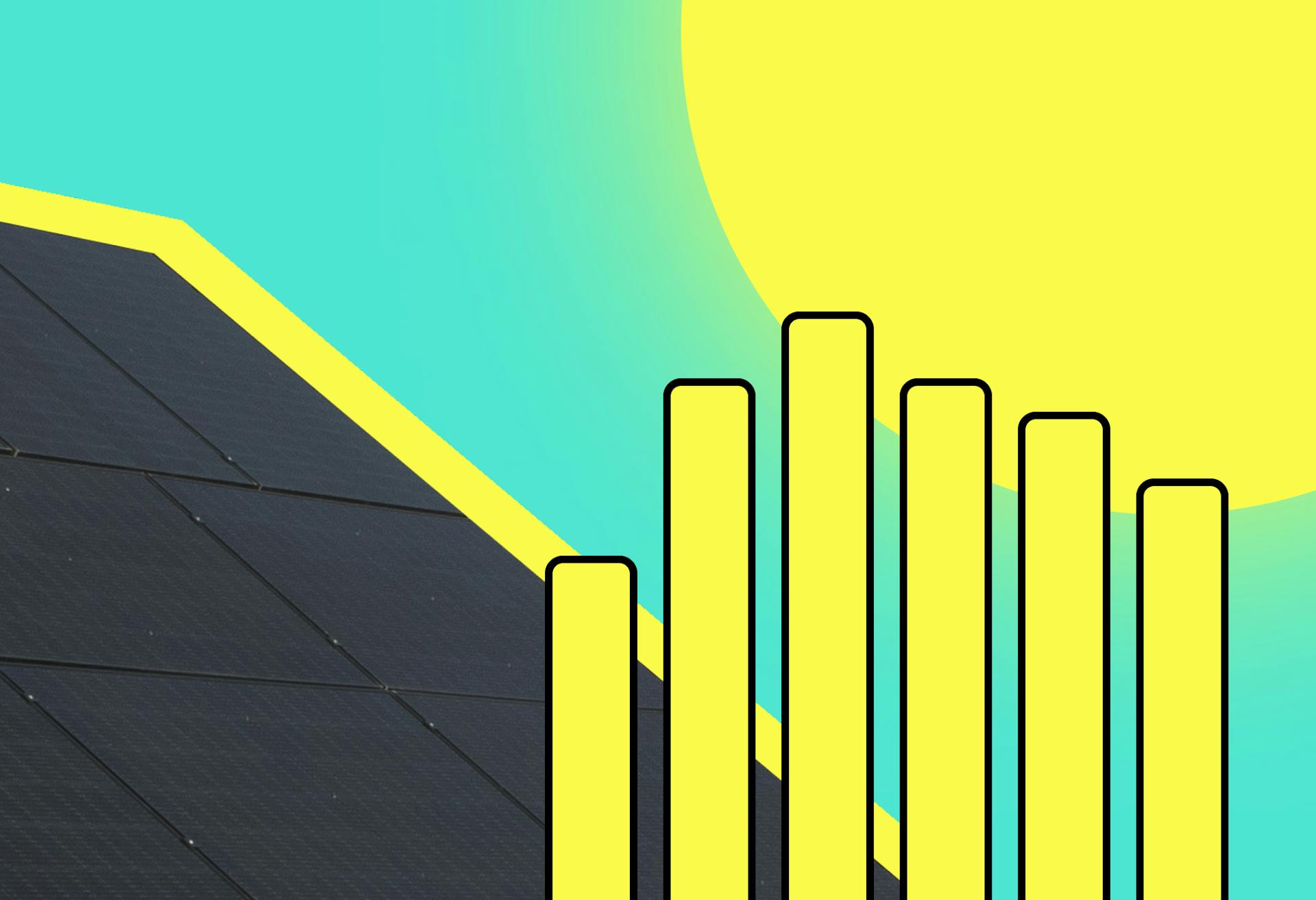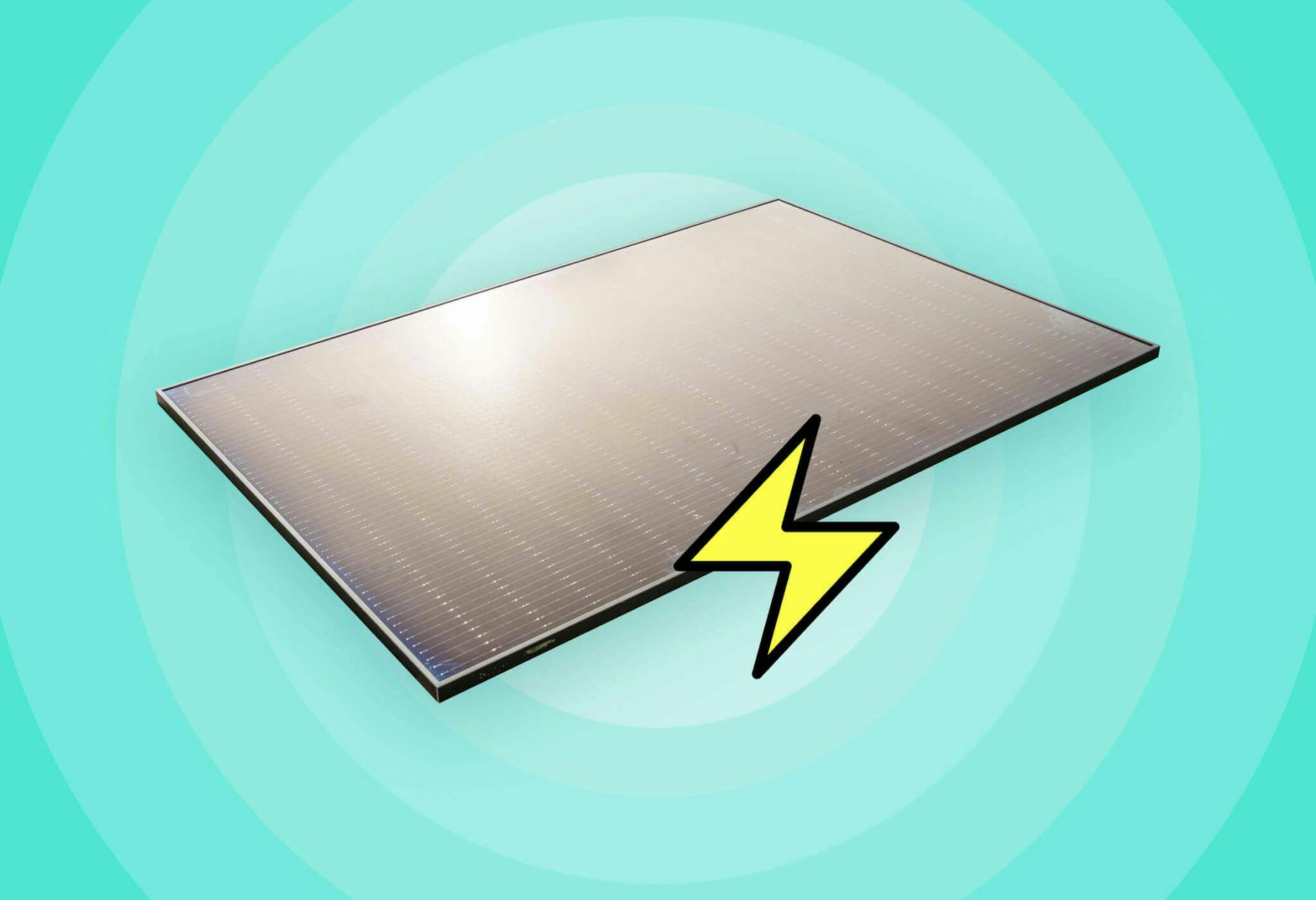- Solar advice hub
- How-solar-works
- How do solar panels work?
How do solar panels work?
Wondering how solar panels produce electricity? We look at the science behind the photovoltaic effect.


Why you can trust our content
We know that the solar industry is full of misinformation, but we only use reliable sources, including:
- Our experienced solar experts, installers and system designers
- Our own database of solar & battery system designs
- Authoritative bodies like MCS and the UK government



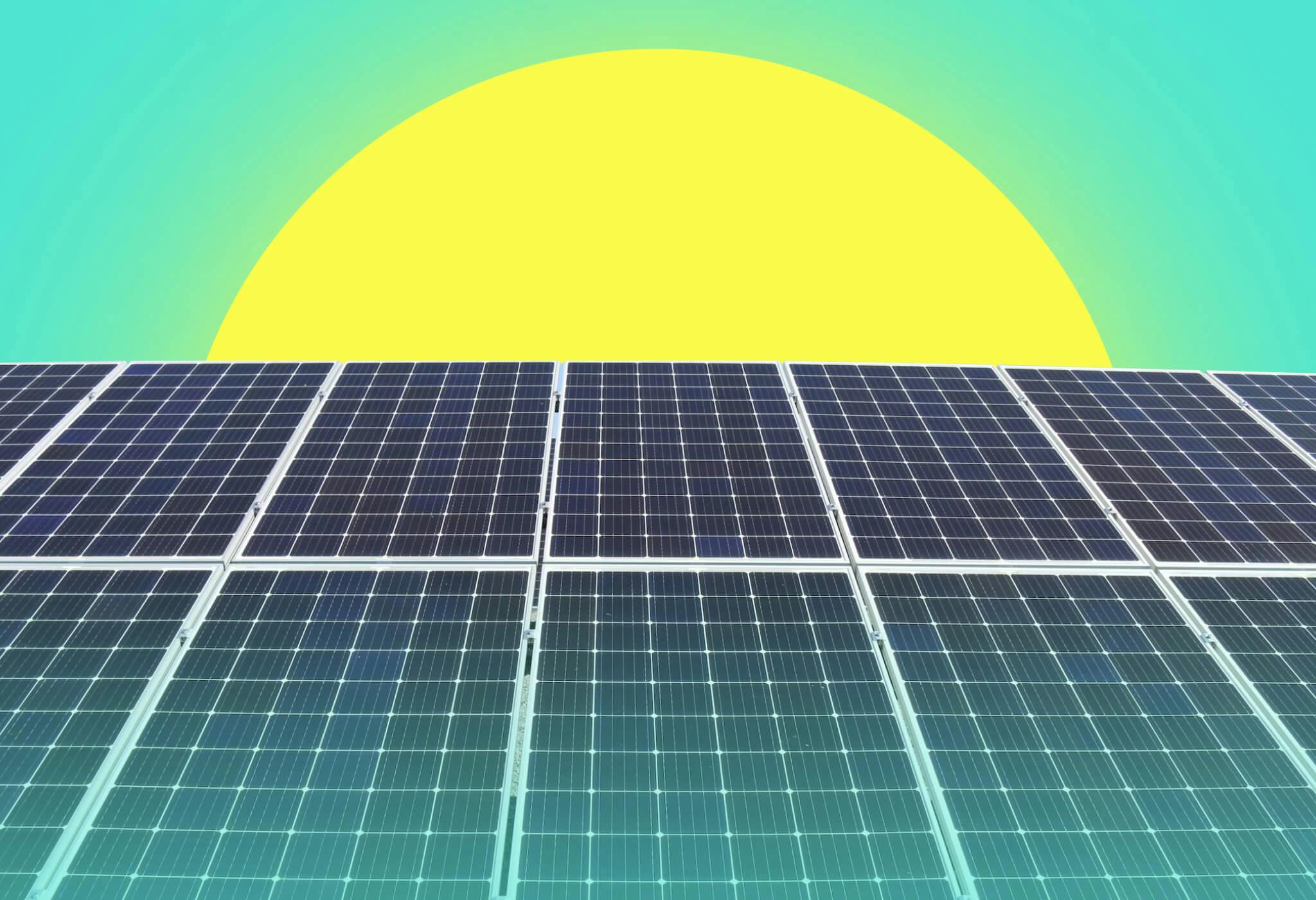
Calculate savings
What kind of home do you live in?
Calculate savings
What kind of home do you live in?
How solar works: at a glance
From baking hot deserts through cloudy countries to outer space, solar panels are a powerful tool for helping us convert sunlight into electricity and combat climate change.
This guide will take you through the key steps of how solar panels work, from the initial capture of light to the powering of your home.
If you're interested in finding out how much money a solar & battery system can save you, just answer a few quick questions below and we'll provide an estimate.
Find out how much you can save
What kind of home do you live in?
How solar panels work: step by step
Below, we’ll take a closer look at each of the five key phases of how light from the sun leads to savings on your energy bills.
- Solar cells are given an electric charge
- Light from the sun hits the solar panel
- The inverter converts DC to AC
- Your household uses electricity
- Any excess goes to your battery / the grid
1. Solar cells are given an electric charge
Solar or photovoltaic (PV) cells are the building blocks of solar panels. Each PV cell is formed of two slices of semiconducting material - this is most commonly silicon, but scientists are also testing newer materials like perovskite and kesterite.
PV cells are able to generate electricity because they contain an electric field, which is created when opposite ‘charges’ are separated. To create it, manufacturers ‘dope’ the two layers of silicon with different materials.
The top layer of the cell is infused with phosphorus to add extra electrons, and this gives the layer a negative charge. Conversely, the bottom layer is laced with boron, giving it fewer electrons and a positive charge.
When these two layers are sandwiched together, an electric field forms between them. This setup ensures that when light excites electrons in the silicon, they are directed into an external circuit, creating a flow of electricity.
2. Light from the sun hits the solar panel
Light is composed of many photons, which are essentially tiny packets of energy.
Each silicon atom in the solar cell has 14 electrons, but only the outer four, called valence electrons, are involved in the photovoltaic effect. And given that just a gram of silicon contains about 21.4 quadrillion atoms, there are plenty of valence electrons available for this process.
When photons hit the solar cell, they transfer their energy to the valence electrons in the silicon atoms. This energy boost is enough to knock the electrons out of their atomic bonds, freeing them to move around. The electric field between the two layers of silicon then pushes the free electrons out, creating an electric current.
Silicon solar panels in today's market are designed to absorb light primarily in the visible spectrum, but they can also capture light in the infrared and ultraviolet ranges. This means that a solar cell doesn't depend on direct sunlight - daylight is enough to trigger the photovoltaic effect.
But not all the light that hits the solar panel gets converted into electricity. Monocrystalline solar panels typically have an efficiency range of 20-25%, so a lot of the light energy is wasted, either as a reflection or lost as heat.
Verified expertPeople think that you need perfectly sunny weather to make solar panels worthwhile, but this isn’t the case - all solar panels need in order to generate electricity is daylight, not sunlight. There are many other factors beyond location that have an impact on generation, including roof size, pitch, orientation and shading.
Alfie Ireland
Head of Operations & Technical at Sunsave
Alfie has worked in green tech for over a decade. During his four years at OVO, he helped develop the world’s largest domestic vehicle-to-grid trial.
3. The inverter converts DC to AC
Once photons set the electrons loose in a solar cell, metal contacts on the edges of the cell collect the freed electrons and transfer them to the wires. This movement of electrons creates direct current (DC) electricity, which is then sent to an inverter.
DC electricity flows in a single direction and provides a constant voltage, but it doesn't travel well. In contrast, alternating current (AC) electricity changes direction periodically, typically 50 times per second (50 Hz) in the UK.
AC is the best choice for homes because it's more efficient for sending power over long distances and works with both the electrical grid and most household appliances, lights, and other electrical devices.
The inverter uses transistors to make the DC electricity act in the same way as AC electricity, and then sends it through a transformer. In essence, the transformer is basically conned into thinking that the DC electricity is AC electricity, and so produces AC electricity at the other end. The inverter basically contains a very successful partnership built on deception.
4. Your household uses electricity
The end result is AC electricity that matches the voltage and frequency of your home's electrical system, and you can use it right away for your appliances, lights, and other devices.
As solar panel output peaks in the middle of the day, that's the ideal time to focus most of your electricity usage. If you’re not at home to do this, you can use smart apps and plugs to schedule when various devices turn on.
5. Any excess goes to your battery or the grid
When your solar panels produce more electricity than your home can use, you can store it in a battery and use it in the evenings. And if your battery is full, any excess electricity gets sent to the grid.
By exporting this excess energy, you can earn money through a solar export tariff, which pays you for every single kilowatt-hour (kWh) of electricity that you send to the grid. This system makes sure none of your solar gets wasted and is a key part of the financial benefit of switching to solar.
To find out how much you could earn from exporting to the grid, check out our guide to the best solar export tariffs.
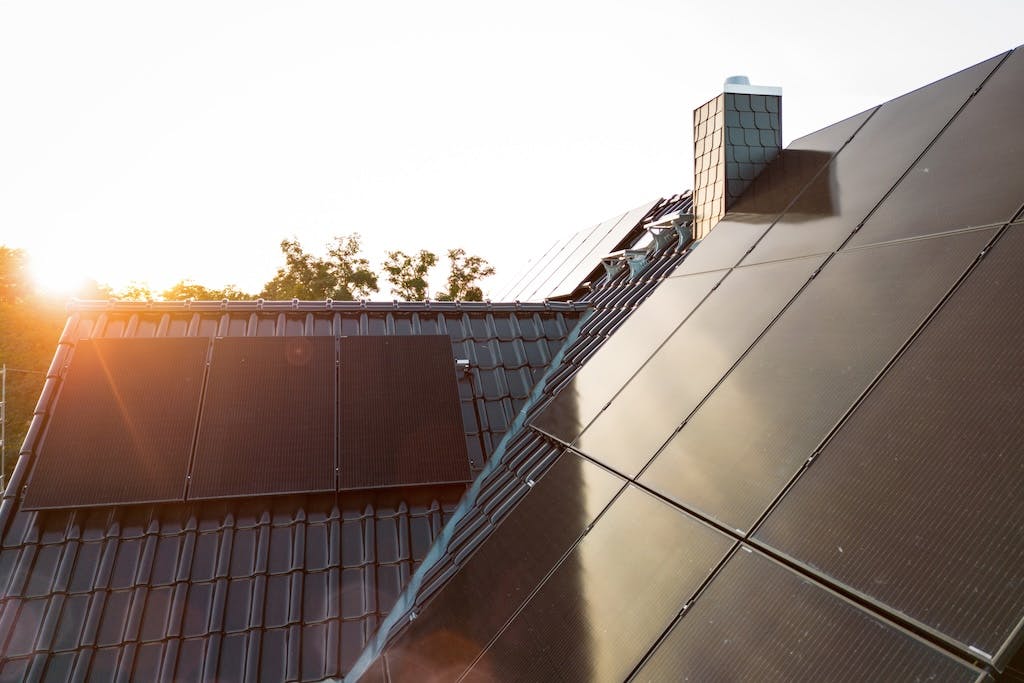
When and where do solar panels work best?
Solar panels work best during the summer. This is because the days are longer, the sun is higher in the sky, and skies are generally clearer.
Most homes will get the most out of their panels if they are installed at a 35-degree angle with no shading from nearby structures.
Solar panels work well everywhere, even in stereotypically rainy places like here in the UK. According to Which? (2024), we receive about 60% of the solar radiation found at the equator, just like parts of France, Spain, and Germany.
Do solar panels work in all weather?
Contrary to popular myths, solar panels work well in all weather conditions, including British winters. On average, solar output in winter is about 10-12% of annual production, while summer accounts for around 40%.
In winter, you'll be relying more on the grid for electricity because of this seasonal imbalance, however you make up for this in the summer when you export (and get paid for) all your excess solar-generated electricity.
Do solar panels work at night?
Solar panels don't generate electricity at night since they rely on daylight to produce power.
But if you have a solar battery, at night time you can rely on the excess solar-generated electricity that you’ve stored during the day - although in some cases you may still need to import from the grid to supplement your nighttime electricity consumption.
Do solar panels work in space?
Yes, solar panels work exceptionally well in space and are a primary power source for satellites and space stations. Space offers ideal conditions for solar panels: no atmospheric interference, 24/7 exposure to direct sunlight, and no weather-related disruptions.
According to a 2024 experiment, space-based solar panels could be up to 13 times more efficient than Earth-based panels , which opens up exciting potential for zero-carbon orbiting solar farms.
Summary
Solar panels are a versatile and efficient source of renewable energy, capable of operating in various conditions - from the sunniest days to the greyest winters. By transmuting daylight through a series of well-coordinated processes, solar panels provide clean electricity, reduce households’ reliance on the grid, and offer long-term financial and environmental benefits.
Want to find out how much a solar & battery system could save you? Answer a few quick questions below and we’ll provide an estimate for you.
Find out how much you can save
What kind of home do you live in?
How solar works: FAQs
Related articles

Written byMelody Abeni
Based in London, Melody is a specialist green technology writer who has been covering sustainability, climate action and ESG for the past five years, after gathering operational experience in green investing and financial services. She has written for various industry publications, including renewable technology advisor The Eco Experts, and she holds a Master’s degree in law from Birkbeck University.

